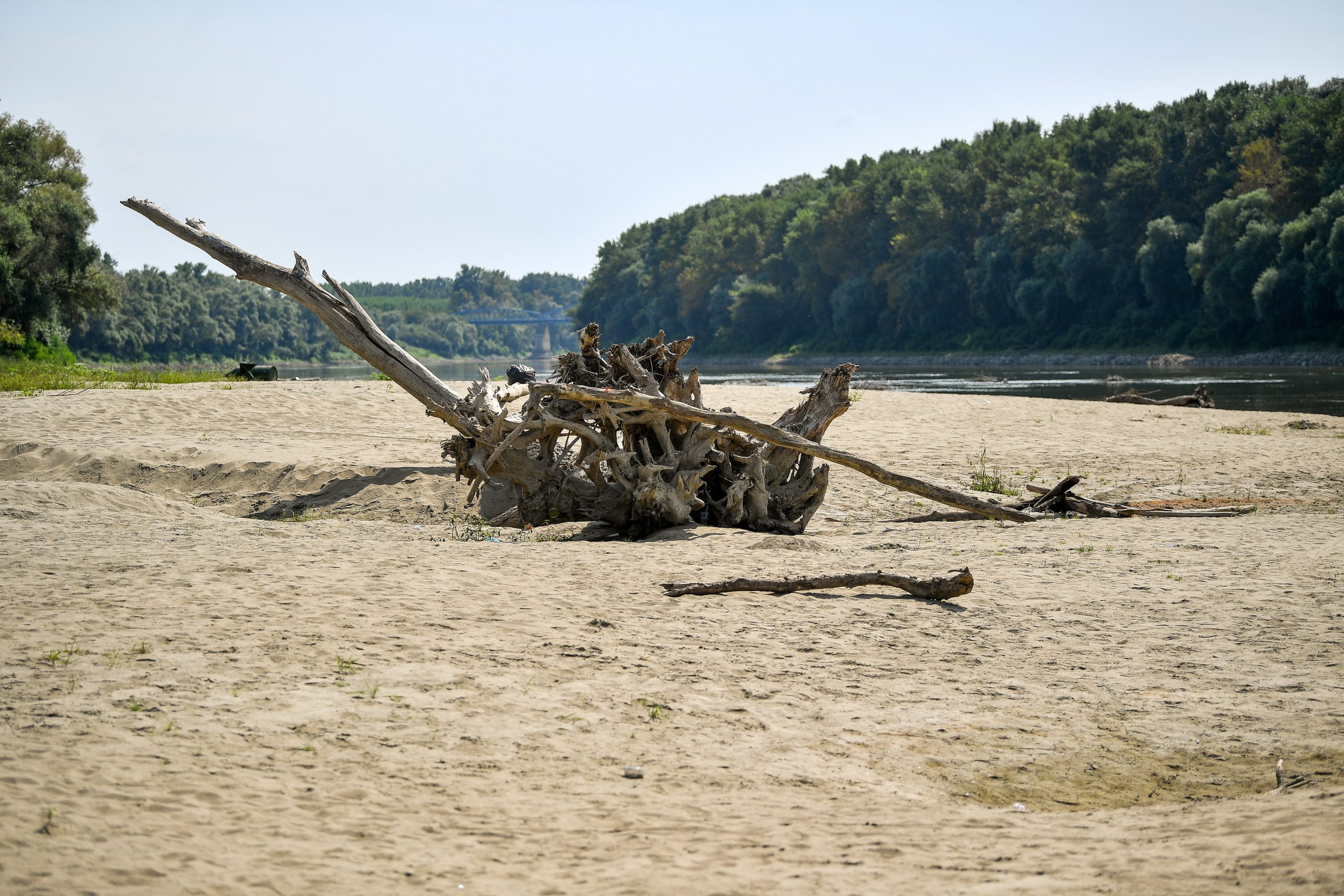
Also, the summer was also especially dry, with rainfall well below average.Continue reading

The number of frosty days in Hungary has fallen by a third in the past 120 years due to climate change, meteorological experts have found.
Although we are experiencing probably the coldest days of this winter in Hungary, a recent study says that as a result of global warming, the average annual number of frosty days in Hungary has fallen from 120 days per year at the beginning of the 20th century, to less than 80 days today. The largest decrease was in the North Hungarian mountains.
According to the pessimistic scenario posed by Péter Szabó (climatologist of the National Meteorological Service) and Rita Pongrácz (meteorologist, and staff member of the Department of Meteorology of Eötvös Loránd University), this trend will increase, with an additional loss of five days of frost per decade. A more optimistic scenario is not looking good either, but it projects a slower increase (a loss of three frosty days per decade).
Human-induced climate change is clearly responsible for the changes, as natural effects do not justify this degree of warming.
Experts say it is not worth being too happy about the positive impact of warming on heating bills, because the significant easing of the winter months and the significant reduction in the number of cold days can greatly increase the incidence of pests that normally decline over winter more easily. They believe that milder winters could alternate with hotter summers than previously experienced, with a double negative impact on agricultural production.
Further increases in average annual temperatures are most likely in the central parts of the country, while negative temperature extremes are most likely in the south and east.
The full study can be read here.
Featured photo illustration by Tamás Vasvári/MTI